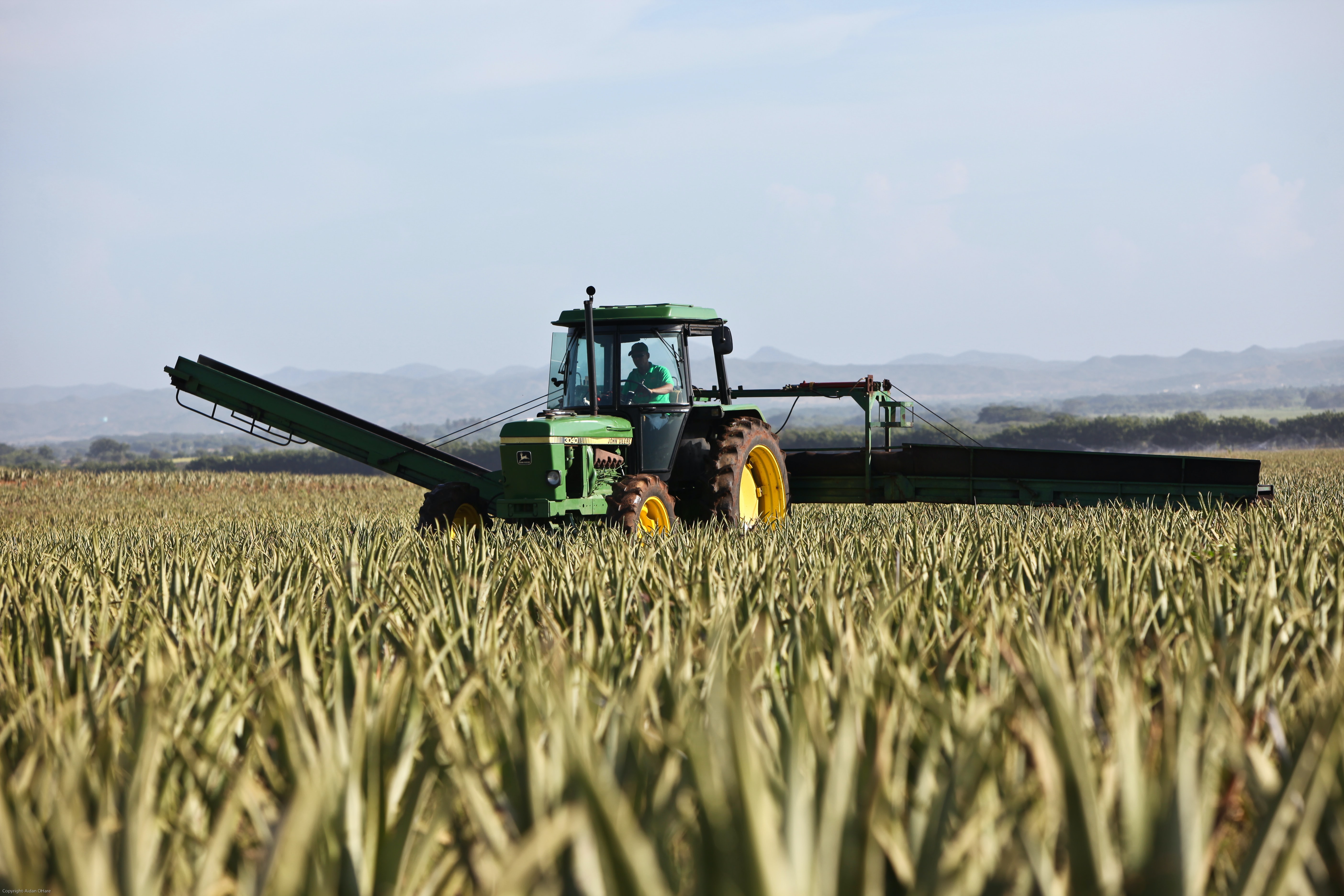This week, I attended a conference at Washington State University on labor, automation,
social sustainability, and resilience in U.S. agriculture. Engineers have made remarkable
strides in recent years to automate routine tasks on dairies, orchards, and in strawberry
harvest. Strawberries and apples will likely soon be picked by robots rather than
human hands. The engineering capabilities exist, though current prototypes may not
yet be as efficient as human workers. As technologies improve, adoption on commercial
farms will likely be gradual. Producers can prepare now for technological advances
by investing in their workforce to improve technical and data analytic skills.
Though early adopters of new technologies might be rewarded for their investment,
they also bear considerable risk. Up-front costs of purchasing a robotic harvester
and other tech investments are large. For example, engineering firms have been investing
in the development, testing, and advancement of robotic technologies to harvest commercial
strawberries for over a decade, and a robotic harvester for tabletop strawberries
is now commercially available. However, most strawberries in the United States are
grown in ground, not on tabletops. Investments in harvesters and retrofitting strawberry
fields might prove obsolete if the technology is greatly improved after the first
few seasons of field testing on commercial farms or if engineers develop a viable
harvester for strawberries grown in the ground. Many producers will wait to observe
and learn from those who adopt first.
Development of new agricultural technologies must be accompanied by investments in
the acquisition of appropriate skills. Automated feeders and robotic milking machines
have been available for commercial dairies for decades. These technologies could substantially
reduce requisite labor hours. Perhaps more importantly, they also collect critical
data on cow health and milking performance. When properly managed, dairy operators
can use these data to improve herd health and milking efficiency. Subsequent cost-savings
could be substantial for many dairies, and similar opportunities to improve efficiency
are possible using precision agriculture technologies in the production of many field
crops. Nevertheless, learning to analyze and interpret these data well takes time,
practice, and skills that many farmers and farm workers have not yet acquired.
Farmers, ranchers, and the agricultural industry need to take a proactive role in
acquiring and teaching data analytic skills. Many of these skills will likely be necessary
for survival in competitive agricultural markets. The future farm workforce might
include a larger share of engineers, computer programmers, and technicians as automated
technologies advance. Innovative approaches to encourage acquisition of these skills
in agricultural education programs, including FFA and 4-H, might have large payoffs
in the future. Furthermore, as farm wages rise and producers wrestle with the challenges
of procuring workers in a tight labor market, producers need to be alert to the concerns
and innovations raised by farm workers. The workers who pick our crops often have
some of the most transformative ideas for improving efficiency, field safety, and
more comfortable working conditions.
See other Related Articles:
Robots and Workers
Did a Robot Write This? The Future of Chatbots in Agriculture

Diane Charlton
Associate Professor

